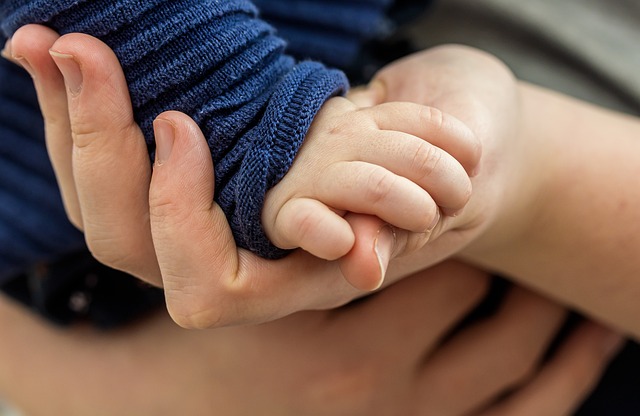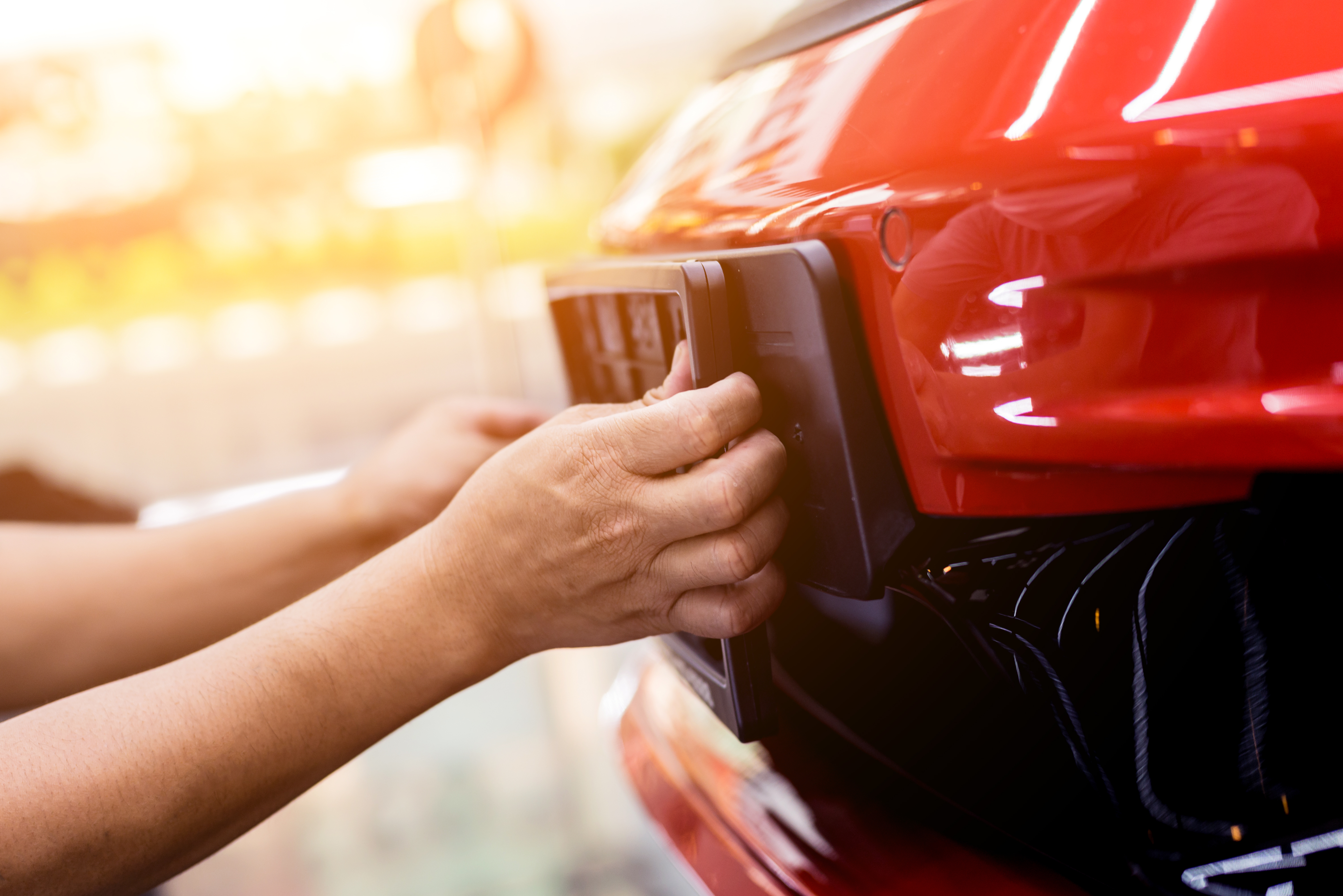Essential Support: Discover the Medicaid diaper program usa for Diapers in 2025
Navigating parenthood comes with countless challenges, and affording essential baby supplies like diapers shouldn't be one of them. Many families across the United States struggle with the ongoing expense of keeping their infants clean and comfortable. Fortunately, various assistance programs exist to help eligible families access free or low-cost diapers through government initiatives and community partnerships.

What is the Free Medicaid Diaper Program?
The Free Medicaid Diaper Program represents a collection of state-level initiatives designed to provide diaper assistance to low-income families. While Medicaid itself doesn’t directly cover diapers as a standard benefit, many states have developed supplementary programs that work alongside Medicaid eligibility requirements. These programs recognize that adequate diaper supplies are essential for infant health and family well-being.
These initiatives typically operate through partnerships between state health departments, local nonprofits, and community organizations. Families enrolled in Medicaid or meeting similar income guidelines may qualify for monthly diaper distributions, vouchers, or direct assistance programs.
Understanding Medicaid Diaper Eligibility
Eligibility for diaper assistance programs generally follows similar guidelines to Medicaid enrollment. Families must typically demonstrate financial need through income verification, with most programs serving households at or below 200% of the federal poverty level. Additional factors include having children under age three, current enrollment in government assistance programs like SNAP or WIC, and residency within the program’s service area.
Documentation requirements usually include proof of income, identification for both parent and child, birth certificates, and verification of current address. Some programs may also require proof of Medicaid enrollment or other government assistance participation.
How to Apply
The application process varies by state and local program. Most applications can be completed online through state health department websites or local nonprofit organizations. Families can also apply in person at community health centers, WIC offices, or designated distribution sites.
Typical application steps include completing an intake form, providing required documentation, attending an eligibility interview (either in person or by phone), and waiting for approval notification. Processing times range from immediate approval at distribution events to several weeks for mail-in applications.
Many programs operate on a first-come, first-served basis due to limited funding, making early application crucial for families in need.
Diaper Assistance Programs Available
Beyond Medicaid-affiliated programs, numerous organizations provide diaper assistance nationwide. The National Diaper Bank Network coordinates efforts across hundreds of local diaper banks, serving families regardless of government program enrollment. These organizations often partner with pediatric clinics, childcare centers, and social service agencies to reach families in need.
Faith-based organizations, community action agencies, and local nonprofits frequently maintain their own diaper assistance programs. Many operate monthly distribution events or emergency assistance programs for families facing immediate need.
| Program Type | Provider Example | Monthly Allocation | Eligibility Requirements |
|---|---|---|---|
| State Medicaid Program | California Diaper Initiative | 100-150 diapers | Medicaid enrollment, child under 3 |
| Local Diaper Bank | Houston Diaper Bank | 50-100 diapers | Income verification, local residency |
| Community Partnership | United Way Programs | 75-125 diapers | SNAP/WIC enrollment preferred |
| Faith-Based Assistance | Catholic Charities | 50-75 diapers | Demonstrated need, no income limits |
Prices, rates, or cost estimates mentioned in this article are based on the latest available information but may change over time. Independent research is advised before making financial decisions.
Government Diaper Programs Nationwide
Federal initiatives supporting diaper access include the Diaper Gap Relief Act, which has been introduced in Congress multiple times to address diaper affordability. While not yet passed, this legislation would allow SNAP benefits to cover diapers and other hygiene products.
Currently, the Special Supplemental Nutrition Program for Women, Infants, and Children (WIC) provides some states flexibility to offer diaper assistance through special grants and pilot programs. The Temporary Assistance for Needy Families (TANF) program in some states allows cash benefits to be used for diaper purchases.
State-level programs vary significantly, with some states like California and New York operating comprehensive diaper assistance initiatives, while others rely primarily on nonprofit partnerships and community-based solutions.
Families seeking assistance should contact their local health department, dial 211 for community resources, or visit the National Diaper Bank Network website to locate nearby programs. Many programs maintain waiting lists during high-demand periods, making early contact essential for accessing services.




